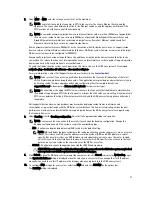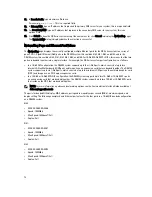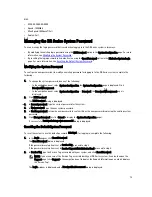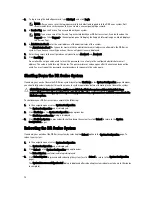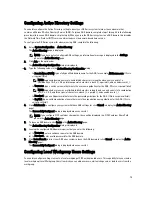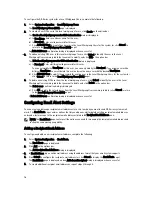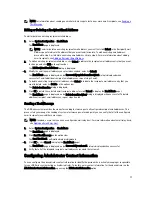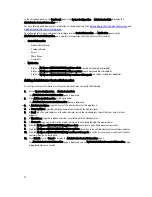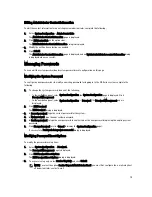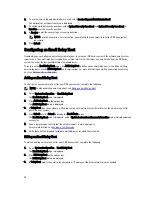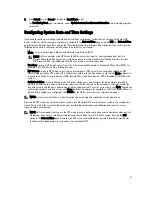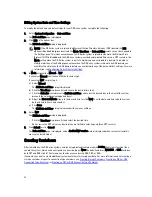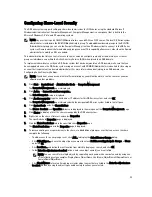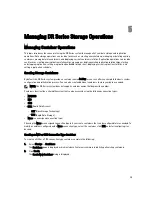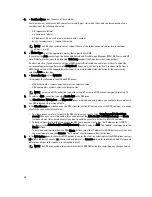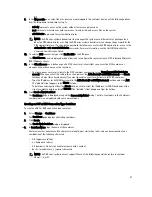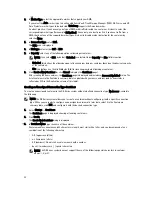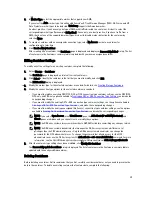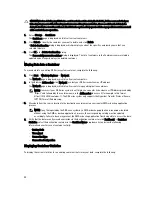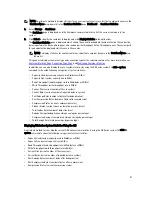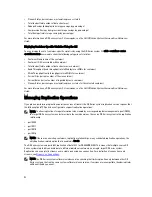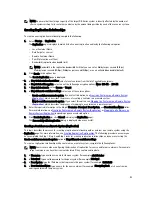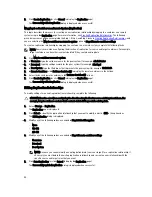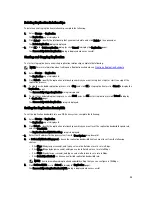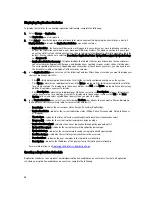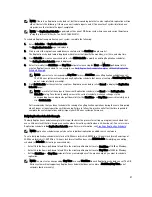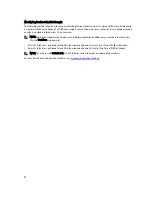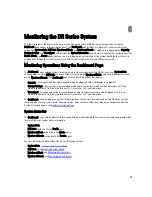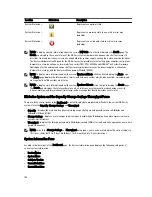
5
Managing DR Series Storage Operations
Managing Container Operations
This topic introduces the concept of using the DR Series system to manage all of your data storage and replication
operations. Data storage operations can include tasks such as creating new containers, managing or deleting existing
containers, moving data into containers, and displaying current container statistics. Replication operations can include
such tasks as creating new replication relationships, managing or deleting existing replication relationships, starting
and stopping replication, setting a replication bandwidth limit per host, displaying current replication statistics, and
setting a replication schedule.
Creating Storage Containers
By default, the DR Series system provides a container named backup for your use after you complete the basic system
configuration and initialization process. You can also create additional containers to store your data as needed.
NOTE: The DR Series system does not support container names that begin with a number.
Containers function like a shared file system that can be accessed using the following connection types:
•
NFS/CIFS
•
NFS
•
CIFS
•
RDA (Rapid Data Access)
– OST (OpenStorage Technology)
– RDS (Rapid Data Storage)
•
None (an unassigned connection type)
Choosing the None or unassigned connection type lets you create containers that can be configured later as needed. To
modify a container configured with a None connection type, select the container, click Edit, and start configuring it as
desired.
Creating an NFS or CIFS Connection Type Container
To create an NFS or a CIFS connection type container, complete the following:
1.
Select Storage
→
Containers.
The Containers page is displayed, which includes a Containers summary table listing all existing containers.
2.
Click Create.
The Create New Container dialog is displayed.
85
Summary of Contents for DR series
Page 1: ...Dell DR Series System Administrator Guide ...
Page 10: ...10 ...
Page 34: ...34 ...
Page 138: ...138 ...
Page 160: ...160 ...

